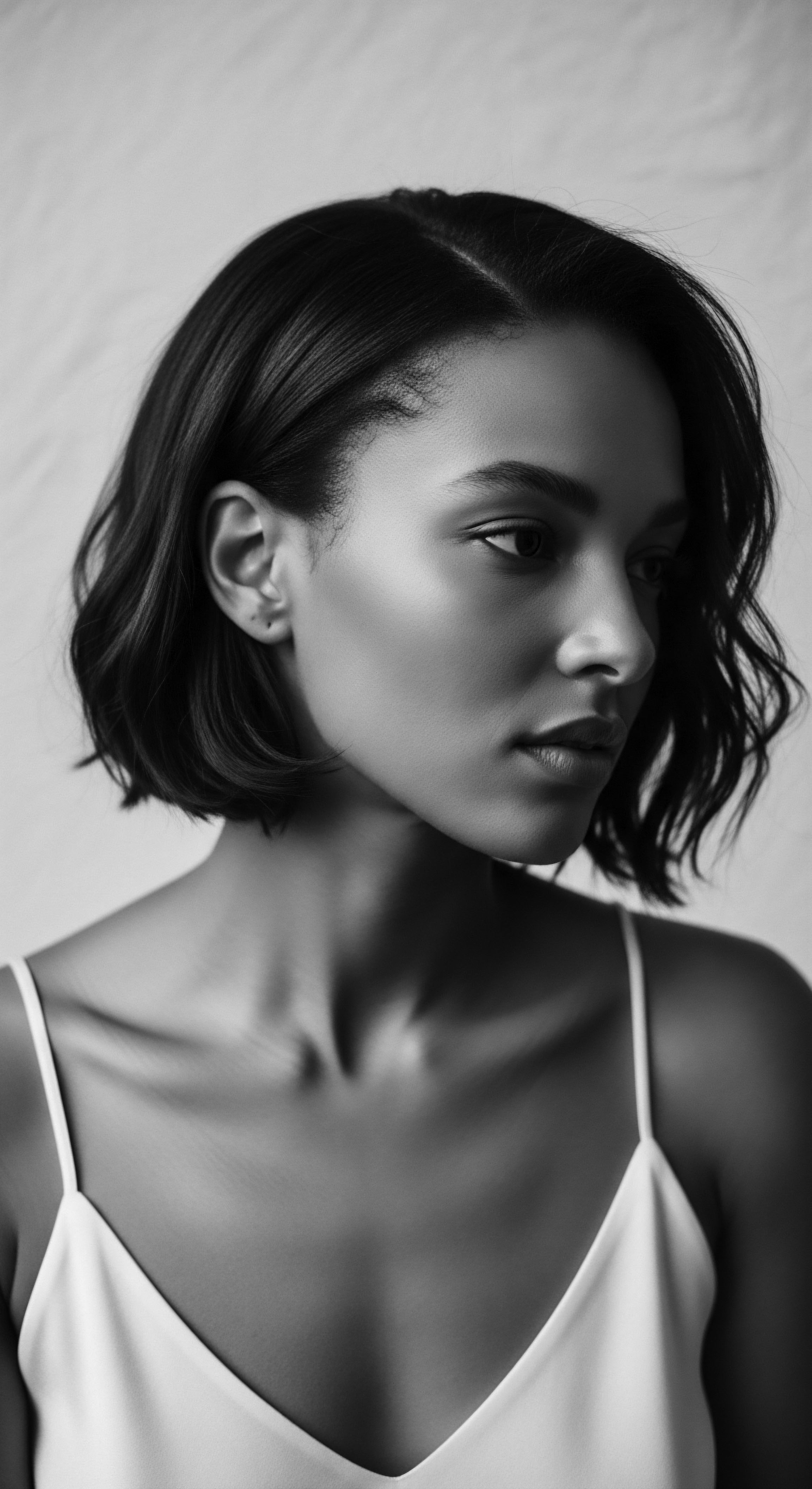
Roots
There exists a profound, unspoken language in the very structure of textured hair, a silent dialogue with the elements, particularly with the elusive embrace of water. For generations, the strands cascading from our scalps have whispered tales of resilience, of beauty forged in varied climates, and of an intrinsic yearning for moisture. This is not a mere preference, but a biological imperative, etched into the very blueprint of each helical coil.
To truly comprehend this deep-seated thirst, one must look beyond the surface, delving into the microscopic landscape of the strand itself. It is a journey into the genetic inheritance that shapes the unique way textured hair interacts with the world, a fundamental aspect of its heritage .

The Helical Scroll Unwritten
Within the cortex, the very heart of each hair strand, lies a complex interplay of keratin proteins, arranged in a distinctive helical pattern. For textured hair, this helix often forms an elliptical or flattened cross-section, causing the strand to curl or coil upon itself. This unique shape influences how the outer layer, the cuticle , behaves. Unlike straighter hair types where cuticle scales lie relatively flat and evenly, the intricate bends and twists of textured hair can cause these scales to lift slightly, creating microscopic openings.
This structural reality means that while the hair is capable of absorbing water readily, it also releases it with comparative ease. Think of it as a finely woven basket, beautiful in its design, but with minute gaps that allow liquid to seep through more quickly than from a solid vessel. This inherent openness is a defining characteristic of textured hair and explains much of its constant longing for hydration.

A Conversation with Humidity
The surrounding atmosphere plays a silent, yet significant, role in this delicate balance. Our hair, much like our skin, is in constant osmotic exchange with its environment. When humidity is low, the hair readily surrenders its internal water to the drier air. For textured hair, with its naturally more open cuticle structure, this exchange is often amplified.
The very air seems to draw moisture away, leaving the strands feeling brittle and less pliable. This daily exchange underscores the consistent requirement for external moisture application, a lesson understood by our ancestors long before microscopes revealed the cellular intricacies.
The elliptical cross-section and helical growth of textured hair create a unique cuticle arrangement, predisposing it to a greater need for moisture.
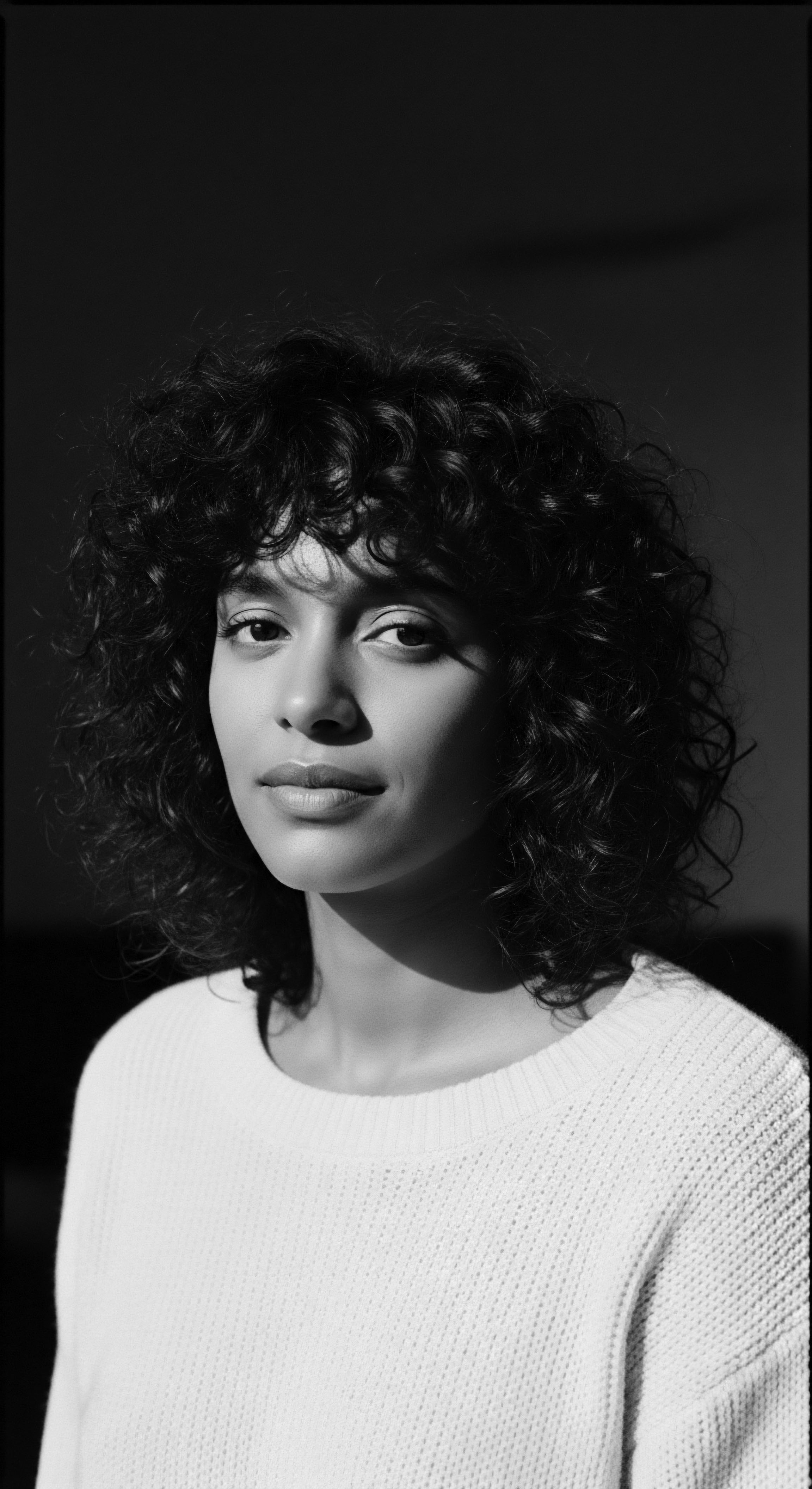
Echoes from the Source
The earliest caregivers in our lineage, observing the tactile response of their hair to different climates and substances, intuitively grasped this profound need. They recognized that certain preparations, rich in natural fats and emollients, offered a protective shield, a barrier against the drying air. This ancestral wisdom, passed down through generations, represents the foundational understanding of moisture’s primacy for textured hair. It was not a scientific theory in their time, but a lived, empirical truth, deeply intertwined with daily practices and community identity.

Ritual
From the foundational understanding of the hair’s very make-up, we move to the living legacy of care, the rituals passed down through time. These were not arbitrary acts but meticulously developed practices, honed by generations, that directly addressed the inherent moisture requirements of textured hair. Our ancestors, acutely attuned to the whispers of their bodies and the wisdom of the earth, concocted a pharmacopoeia of natural elements that became the bedrock of haircare heritage .

The Alchemy of Ancestral Hands
Across diverse African communities and throughout the diaspora, certain ingredients ascended to a revered status due to their observable effects on hair vitality. These were not just conditioners; they were elixirs of life for the strands, each with properties that speak to the hair’s biological thirst.
- Shea Butter ❉ A fatty extract from the karite tree, widely utilized in West Africa, shea butter offered a dense, occlusive layer. It formed a protective seal, locking in moisture and shielding the hair from environmental dryness, a response to the hair’s porous nature.
- Coconut Oil ❉ Known for its small molecular structure, coconut oil could penetrate the hair shaft, providing internal lubrication and helping to reduce protein loss. Its application was a common practice across many tropical regions where hair required both moisture and a shield against salt air.
- Baobab Oil ❉ Extracted from the “tree of life,” baobab oil, rich in omega fatty acids, was prized for its conditioning capabilities, helping to maintain elasticity and prevent breakage. Its use underscored a knowledge of hair’s flexibility requirements.
These ingredients, often warmed and massaged into the hair and scalp, were more than cosmetic applications. They were deeply rooted in a practical science of moisture retention, a response to the biological tendency of textured hair to lose water.

Protective Braids and Coils
Beyond topical applications, the very art of styling became a sophisticated strategy for moisture management. Braids, twists, and various forms of coiling were not merely aesthetic expressions; they served as ingenious protective mechanisms. By gathering the hair strands together, these styles minimized the surface area exposed to the elements, thereby reducing the rate of moisture evaporation. The practice of protective styling is a cornerstone of textured hair heritage , a testament to ancestral ingenuity in preserving hair health.
Ancestral styling practices, such as braids and twists, served as ingenious moisture retention strategies, minimizing exposure and evaporation.
Consider the intricate braiding patterns, some taking hours or even days to complete. This investment of time and skill was not solely for beauty; it secured the hair, safeguarding its hydration from the relentless sun and wind. This was an early form of environmental control for hair, an understanding that by controlling the hair’s exposure, one could control its hydration.
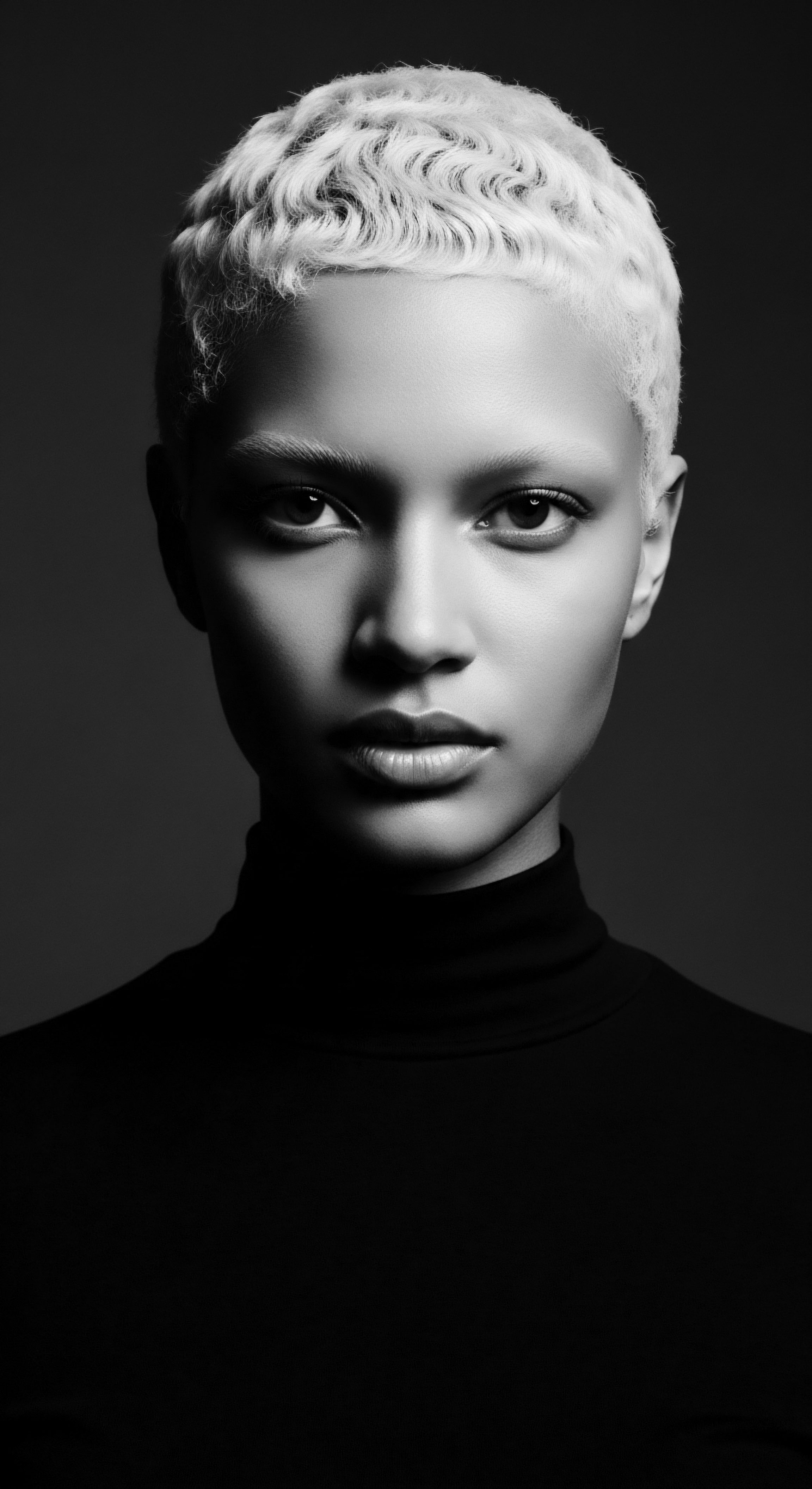
Communal Strands, Shared Knowledge
The transfer of this vital information was often communal. Hair care was not a solitary act but a shared experience, particularly among women. In many African societies, the act of braiding or oiling hair was a time for storytelling, for imparting wisdom, and for reinforcing familial and communal bonds.
This collective learning ensured that the subtle nuances of hair hydration – which oils worked best for certain hair types, how frequently to moisturize, the best ways to prepare ancestral ingredients – were passed down through the generations. This collective knowledge forms a vibrant, living library of hair heritage .
Sociologist bell hooks, in Happy to Be Nappy (1999), points to the communal significance of Black haircare, stating that “hair is an emblem of Black experience and the rituals of styling it are shared acts of love and survival” (p. 25). This cultural emphasis on shared care directly reinforced practices that addressed the hair’s biological need for moisture, as methods and ingredients were collectively refined and transmitted through generations, ensuring its vitality and resilience.
| Ancestral Practice Application of plant-based butters and oils (e.g. shea, cocoa) |
| Biological/Scientific Understanding Occlusion ❉ These emollients form a hydrophobic barrier on the hair shaft, reducing transepidermal water loss. They help seal the lifted cuticles. |
| Ancestral Practice Protective styling (braids, twists, cornrows) |
| Biological/Scientific Understanding Reduced Exposure ❉ Minimizes the surface area of hair exposed to drying environmental factors (wind, sun), thus lowering evaporation rates. Physical protection against damage. |
| Ancestral Practice Regular oiling and massaging of the scalp and strands |
| Biological/Scientific Understanding Sebum Distribution & Stimulation ❉ Aids in distributing natural scalp oils (sebum) down the length of the hair, which is difficult for tightly coiled hair. Gentle massage can also stimulate blood flow to the scalp. |
| Ancestral Practice These historical practices, honed through generations, directly addressed the biological realities of textured hair's moisture retention, a fundamental aspect of its heritage . |
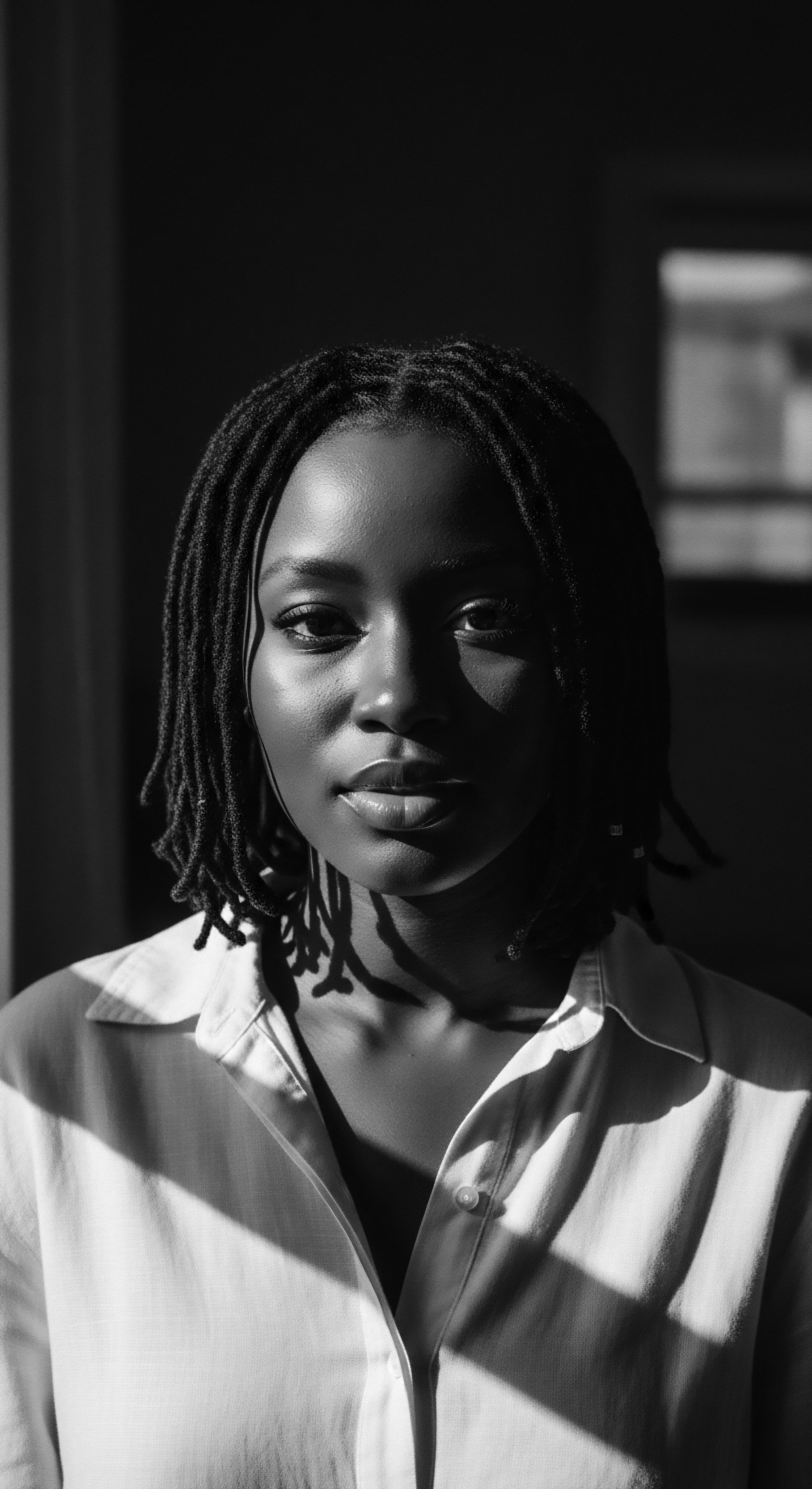
Relay
The journey of understanding textured hair’s thirst does not end with ancestral wisdom; it continues as a dynamic relay , connecting ancient insights with contemporary science, validating and expanding upon a profound heritage . Modern trichology, with its advanced microscopy and biochemical analyses, has increasingly affirmed what generations of Black and mixed-race communities knew intimately through observation and practice. This intersection of inherited knowledge and cutting-edge research deepens our appreciation for the enduring vitality of textured hair care.

Microscopic Truths, Enduring Practices
Scientific studies have meticulously mapped the microscopic topography of textured hair, confirming its unique architecture. The elliptical shape of the follicle means the hair grows in a spiral, causing frequent bends and twists along the shaft. At these points of curvature, the cuticle layers, those shingle-like cells that form the hair’s protective outer shell, tend to lift slightly.
This lifted configuration, while contributing to the hair’s unique texture, also creates a more open surface through which water can escape more readily. This physical reality underpins the constant need for external moisture.
Moreover, the natural oils produced by the scalp, known as sebum , face a more arduous journey down a coiled hair strand. Unlike straight hair where sebum can easily travel along the length, the twists and turns of textured hair impede its smooth distribution. This leaves the mid-shaft and ends of textured hair particularly vulnerable to dryness, further exacerbating the need for consistent, external hydration. The very structure that gives textured hair its beauty also dictates its persistent hydration requirements.

The Environmental Whisper
The environment continues its subtle conversation with textured hair, a dialogue that has only intensified in the modern era. Climate, pollutants, and even indoor heating and air conditioning can strip moisture from the hair. Harsh chemicals, once common in styling products, could also compromise the hair’s structural integrity, leading to increased porosity and further moisture loss. This external assault underscores why a consistent, moisture-rich regimen, often rooted in ancestral practices, remains paramount for maintaining hair health and integrity.
Modern science confirms textured hair’s unique structure, including its elliptical follicle and lifted cuticles, which contributes to increased moisture loss.
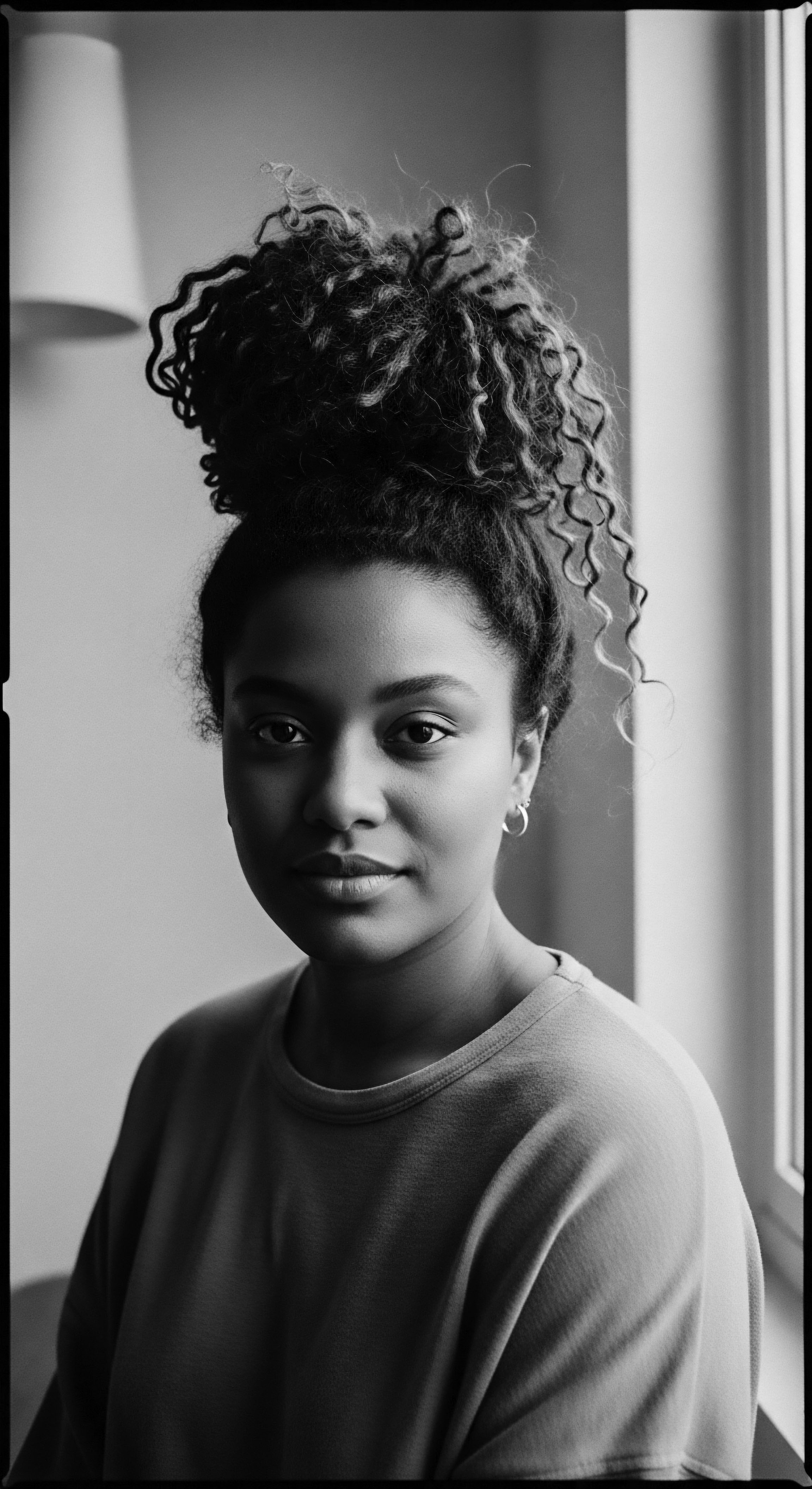
Why Does Textured Hair Need More Moisture Than Other Hair Types?
The core reason textured hair requires more moisture lies in a confluence of its distinct biological attributes. Firstly, its helical configuration and elliptical cross-section mean that the cuticle scales, which ideally lie flat to create a smooth, protective barrier, are often more raised or unevenly laid. This compromises the hair’s ability to retain water, allowing moisture to diffuse out more quickly.
Secondly, the coiling pattern creates physical obstacles for the natural emollients (sebum) produced by the scalp to coat the entire strand, leaving significant portions of the hair, particularly the ends, exposed and prone to dryness. These factors combine to make textured hair inherently more susceptible to dehydration compared to hair types with flatter cuticles and straighter paths for sebum distribution.
- Cuticle Integrity ❉ The outermost layer of textured hair often exhibits more lifted cuticles, making it less efficient at trapping internal moisture.
- Sebum Distribution ❉ Natural scalp oils struggle to travel the full length of coiled strands, leaving ends vulnerable to dryness.
- Environmental Exposure ❉ The larger surface area created by coils, when not properly styled, can lead to increased moisture evaporation.

Reflection
From the microscopic architecture of each strand to the grand narratives of ancestral care, the biological need for moisture in textured hair stands as a testament to its living, breathing heritage . This journey through the helix and beyond reveals not a deficiency, but a unique characteristic that has shaped cultures, informed traditions, and kindled an enduring wisdom. It speaks to the ingenuity of those who, generations ago, observed, experimented, and passed down the very first remedies, creating a foundation upon which contemporary understanding now builds.
This understanding extends beyond simple biology; it recognizes that the hydration of textured hair is intertwined with identity, resilience, and the continuity of cultural expression. The profound truth of our strands whispers a timeless message ❉ care is connection, and moisture is the wellspring of their enduring spirit, a vibrant, continuous archive of beauty and wisdom.
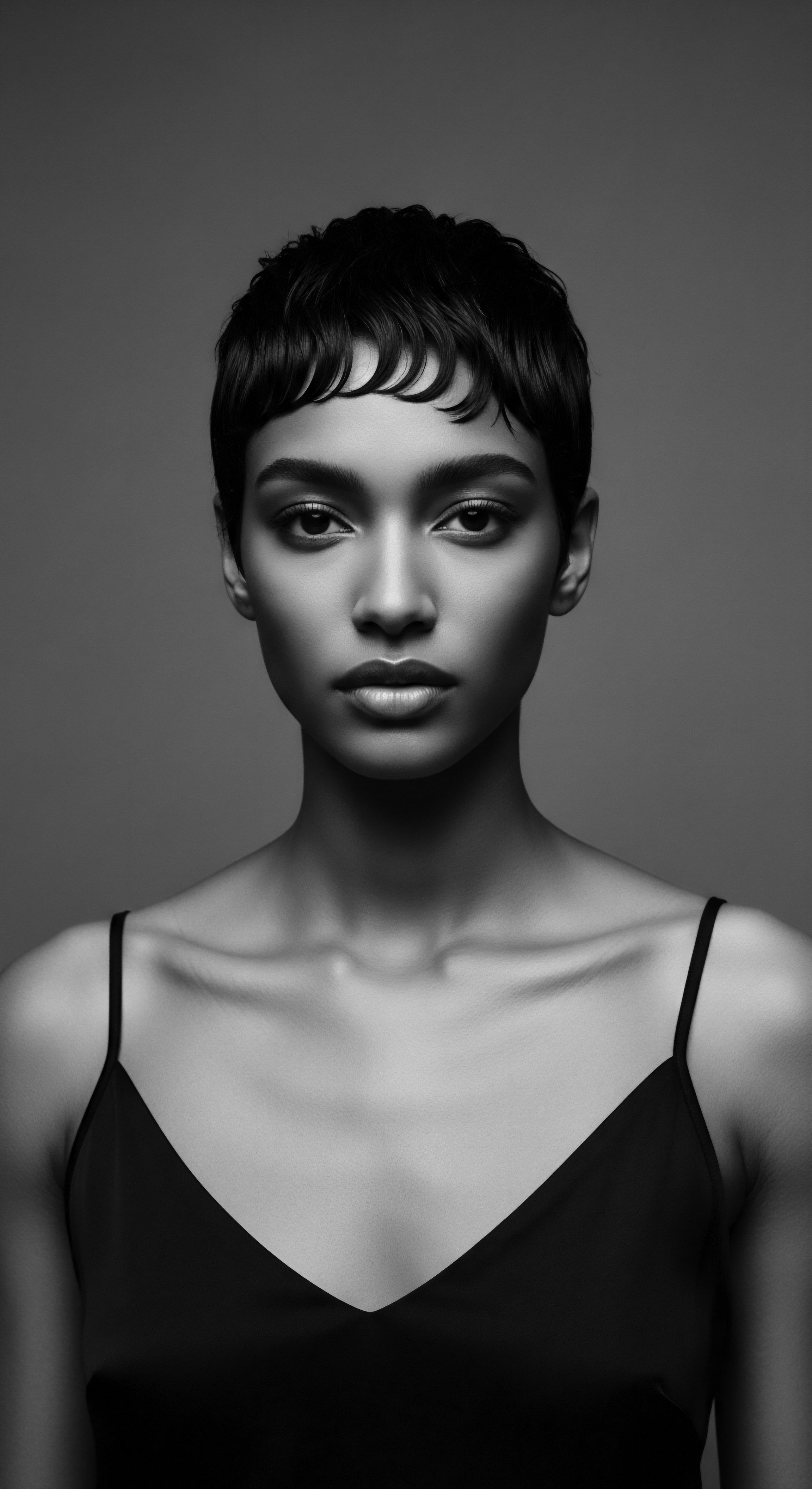
References
- hooks, bell. Happy to Be Nappy. Hyperion Books for Children, 1999.
- Gamble, J. L. & Gaskin, E. Cultural Identity and the Black Hair Experience. University of Chicago Press, 2017.
- Marsh, J. P. & Khumalo, N. P. The Biology of Black Hair ❉ A Comprehensive Review. Journal of Cosmetic Science, 2012.
- Robbins, C. R. Chemical and Physical Behavior of Human Hair. 5th ed. Springer, 2012.
- Khumalo, N. P. & Jessop, S. African Hair ❉ A Cultural and Scientific History. Indiana University Press, 2020.
- Dawber, R. P. R. Diseases of the Hair and Scalp. 3rd ed. Blackwell Science, 2002.
- Porter, N. Ancestral Beauty ❉ A Study of Traditional African Hair Practices. African Studies Review, 2018.
- Smith, J. A. Hair Care in the African Diaspora ❉ Evolution of Practices. Cambridge University Press, 2015.
